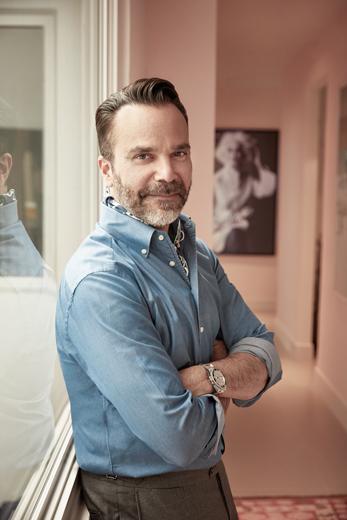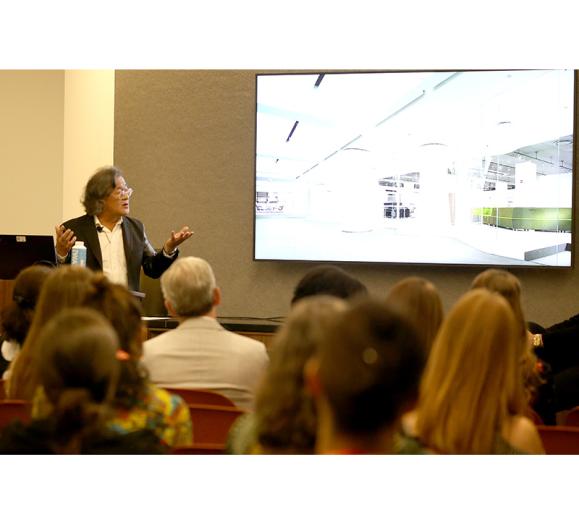We spoke with Fernando Rodriguez, co-owner of Stewart Rodriguez LLC and Aaron Stewart Home with his partner Aaron Stewart, about what to consider when preparing for a hospitality project.
Understand the Brand
“You have to learn about the branding of a specific hospitality project. You need to understand if it’s a resort for adults or kids, or if the project is hyper-focused on the higher-end traveler. Branding needs to be consistent, down to the look of the menus and the waitstaff’s uniforms.”
Mother Nature vs. Materials
It’s important to understand a region’s climate and storm threats when choosing materials. “If you are designing for an outdoor bungalow, for example, it’s important to understand the impact of heat on woods. Make sure the wood is in the environment of your hospitality project before products are assembled,” Rodriguez says. Are you in a hurricane-prone area? You can mitigate some of the damage of a devastating storm with the right windows and sliding glass doors.
Functional Flair
A hospitality project needs to be beautiful, but it also needs to function. From lighting to upholstery to bathroom surfaces, the right materials make the room. “Bathrooms in hotels should be sexy and enticing, but it’s still a bathroom,” Rodriguez says. “How do you keep a bathroom that undergoes 50 to 60 hand washes in three hours looking fresh?” Smooth surfaces that don’t absorb stains, for starters. Rodriguez points to plastics that look and feel like marble but are far more durable. One tip? No wallpaper in the bathroom.
Lighting is one way to help guests relax. “Lighting needs to support the space it’s intended for,” Rodriguez says. “Lighting can affect the whole atmosphere in the space.”
His tip: Lighting should transmit a warm feeling.
Additional Revenue Opportunities
Some guests need that little something extra to make them comfortable and/or are looking for a memento.
“Some hotel rooms have decorative pillows and a coverlet. Guests might throw that aside. To create an experience, replace that with a new throw that can be sold to them,” Rodriguez says. “Have items in the room emphasized for the traveler.” Other sellable products include eye masks, slippers or bags where travelers can store swimsuits or gym clothes.







